Discover 11 hidden attractions, cool sights, and unusual things to do in Foggia (Italy). Don't miss out on these must-see attractions: Stadio Pino Zaccheria, Foggia Cathedral, and Chiesa delle Croci. Also, be sure to include Teatro Umberto Giordano in your itinerary.
Below, you can find the list of the most amazing places you should visit in Foggia (Apulia).
Table of Contents
Stadio Pino Zaccheria

Stadium in Foggia, Italy. Stadio Pino Zaccheria is a multi-use stadium in Foggia, Italy, which was inaugurated in 1925. It is currently used mostly for football matches and is the home ground of Foggia Calcio. The stadium holds around 25,000 people.[1]
Address: Via degli Aviatori, 28-30, 71122 Foggia
Foggia Cathedral

Also known as: Cattedrale di Foggia
Cathedral in Foggia, Italy. Foggia Cathedral, otherwise the Church of the Assumption of the Virgin Mary or Church of Saint Mary of Foggia, is a Roman Catholic cathedral in the city of Foggia, Italy, dedicated to the Assumption of the Virgin Mary. It is the seat of the Archbishop of Foggia-Bovino.
The present Romanesque building was constructed as a collegiate church in the 1170s, but was damaged in the earthquake of 1731 and restored in a Baroque style.
When the Diocese of Foggia was created in 1855, the collegiate church was declared its cathedral. The diocese was elevated to an archdiocese in 1979 and amalgamated with the Diocese of Bovino to form the Archdiocese of Foggia-Bovino in 1986.
The church contains an ancient icon of the Virgin Mary, whence its alternative name of "Santa Maria Icona Vetere". The icon is also sometimes known as the "Madonna dei sette veli", or the Madonna of the Seven Veils.[2]
Address: Piazza Felici,1, 71100 Foggia
Chiesa delle Croci
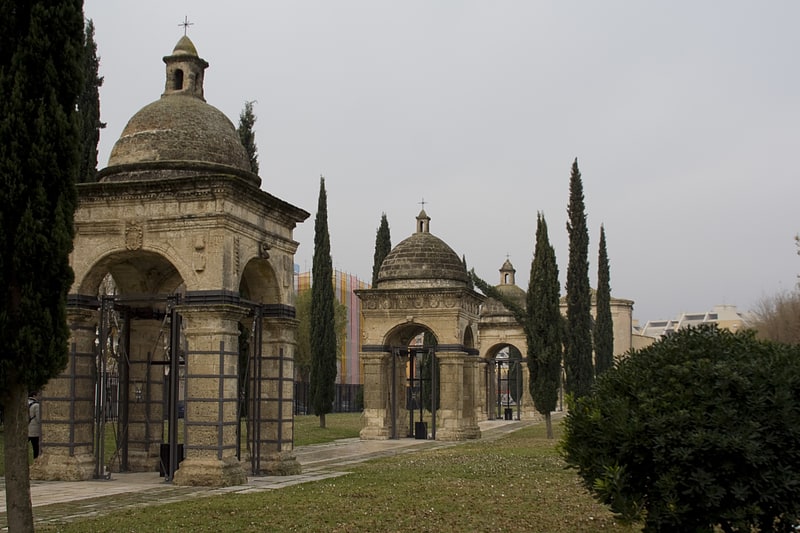
Church, Sacred and religious sites, Historical place
Address: Piazza Sant'Eligio, 71100 Foggia
Teatro Umberto Giordano

Concerts and shows, Theater
Address: Vicolo al Piano, 14, 71121 Foggia
Epitaffio

The Epitaph of Foggia is a monument made in 1651 and located at the end of Via Alessandro Manzoni towards Piazza Sant'Eligio, at the point of arrival of the L'Aquila-Foggia and Celano-Foggia sheep-tracks.
The name comes from a plaque on the monument commemorating the completion under King Philip IV of Spain of a reinstatement of the boundaries of the sheep tracks.
San Giovanni Battista
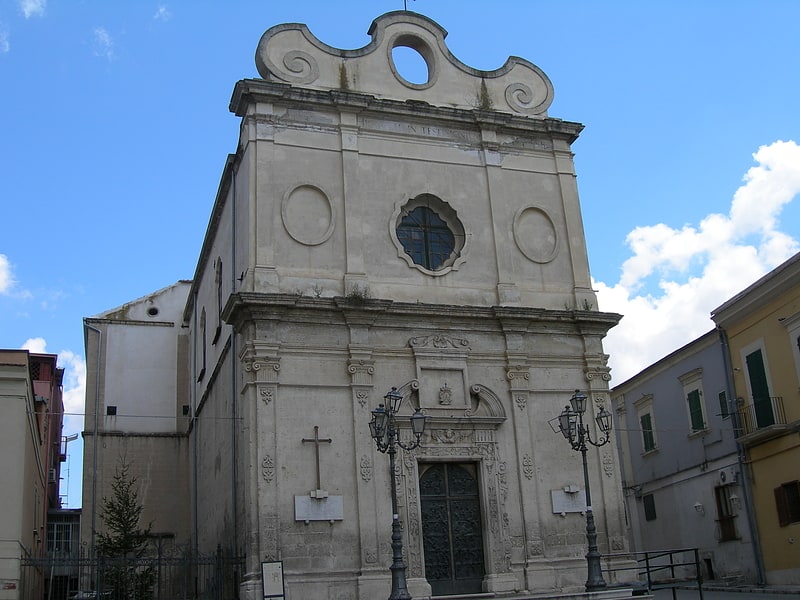
The church of St. John the Baptist is a church in Foggia that has the dignity of a minor basilica.
Address: P. zza Piano della Croce, Foggia
Parrocchia di San Michele Arcangelo
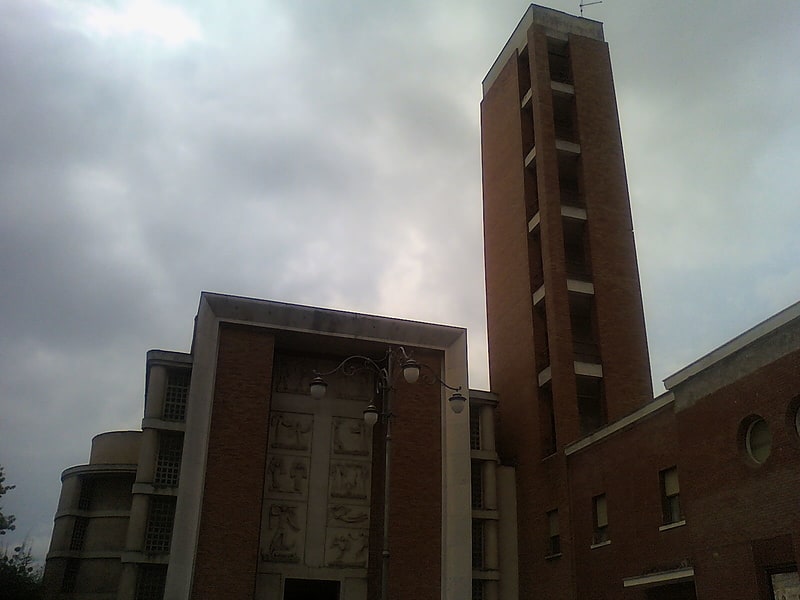
St. Michael the Archangel Church is a Catholic church in Foggia, designed by architect Concezio Petrucci from 1932 and consecrated in 1936.
Address: 1 Piazza Leonardo Murialdo, Foggia
St. Roch Church
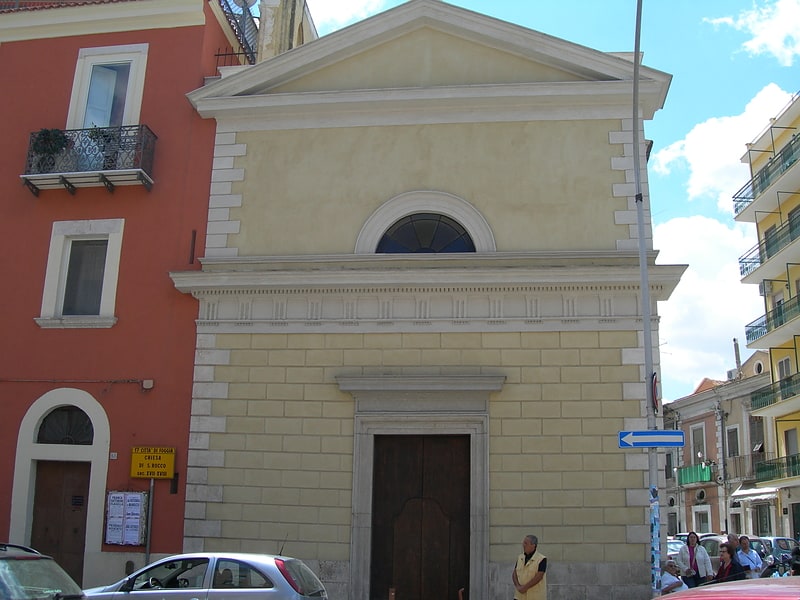
Also known as: Chiesa di San Rocco
The church of San Rocco is a church in Foggia.
The Company of St. Roch erected this church, in which, in 1739, the congregation of the Holy Trinity settled. The church has three altars, and numerous canvases, including one by Antonio La Piccirella.
Chiesa Sacro Cuore di Gesù
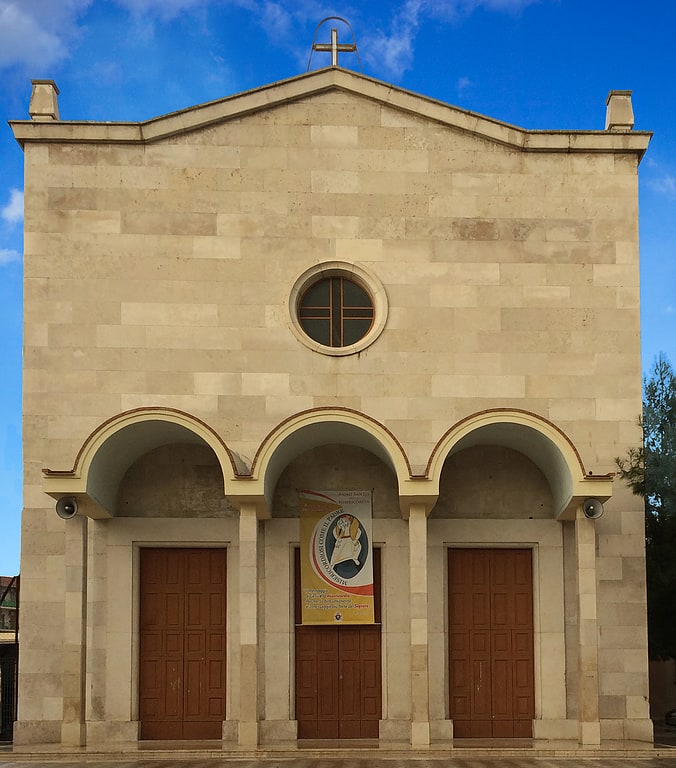
Church
Provincia di Foggia
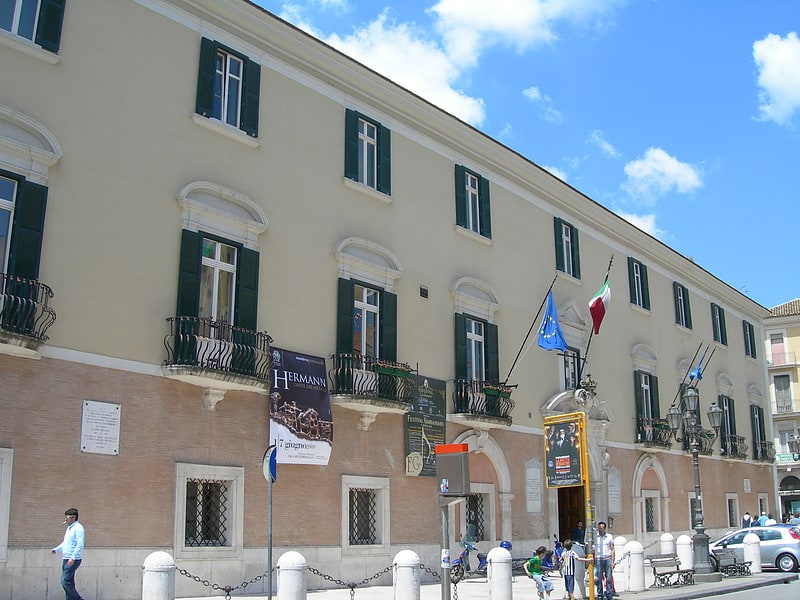
Palace
Address: Piazza XX Settembre, Foggia
Masseria Pantano
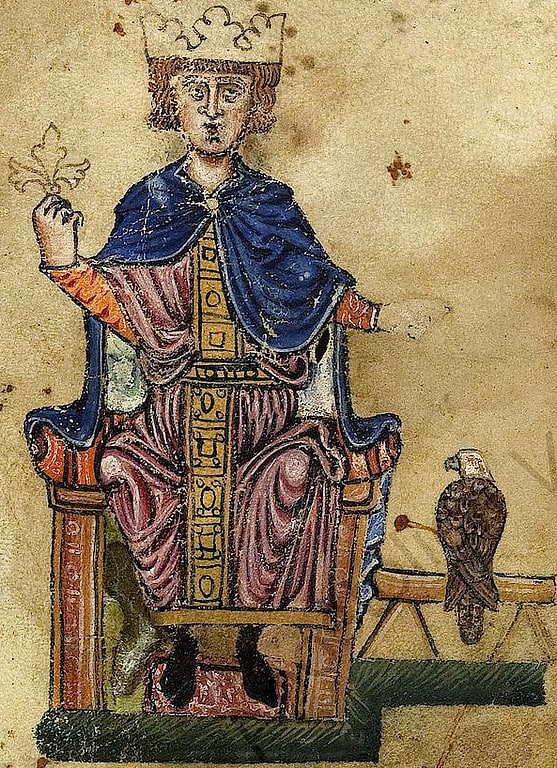
Human settlements in the municipal territory of the city are present as early as the Neolithic period(6th to 4th millennium B.C.). A British R.A.F. observer officer J. B. Bradford, studying aerial photos taken during World War II, discovered that the town's municipal territory was part of the largest Neolithic Village, and among the oldest, in Europe. The inhabitants there practiced agriculture, which reached the Italian peninsula, from the distant Middle East, precisely through the province of Foggia, favored by the fertility and regularity of the Tavoliere. Only a small part of the identified settlements have become the site of the Passo di Corvo Archaeological Park, one of the few Neolithic parks in Italy. Other important finds from the same period were discovered in the city center, in the area of the Villa Comunale, the former Hippodrome, and in the Pantano locality, between the Ordona Sud, San Lorenzo and Salice Nuovo districts. In the Arpinova locality, settlements of the ancient city of Arpi (2nd millennium B.C.) have been found, such as the Hypogeum of the Medusa, the Hypogeum of the Knights, and the Necropolis. Arpi was a large and important Daunian city, founded by Diomedes, king of Aetolia, very large and populated, where there were thousands of soldiers, rich and strong also because of its geographical position, prosperous agriculture and intense trade with neighboring cities and those beyond the Adriatic, thanks to the Daunian ports of Siponto and Salapia.
The present urban core of Foggia developed after the year 1000, from the remains of Arpi and following the Norman conquest. According to tradition, the development of the city's current historic center is said to be linked to the discovery on August 13, 1073 in a body of water by some shepherds of a table depicting the Madonna, on which three small flames were burning (later depicted in the civic coat of arms) at which an ox would genuflect. Previously in fact where the town now stands there was only a tavern at which shepherds took their animals to water, called the "Tavern of the Owl." Although the exact year of the birth of the present old town cannot be stated with certainty, it can still be said that it is attested no earlier than 1066 and no later than 1100, since there are no references to churches at the site in the bull in which Pope Alexander II lists the churches in the Trojan jurisdiction (1066), but in Pope Paschal II's 1100 bull the church of Sancta Maria de Focis is named. The icon is still kept in the chapel to the right of the high altar of the city cathedral.
The area was marshy and malarial, and one had to wait until Norman rule (11th and 12th centuries) to see environmental improvements. Robert Guiscard, in particular, had a large marshy area reclaimed, giving the young urban center a major economic and civic boost, which was further enlivened during the reign of William the Good, who, between 1172 and 1179, had the cathedral built in the Romanesque style and expanded the town.